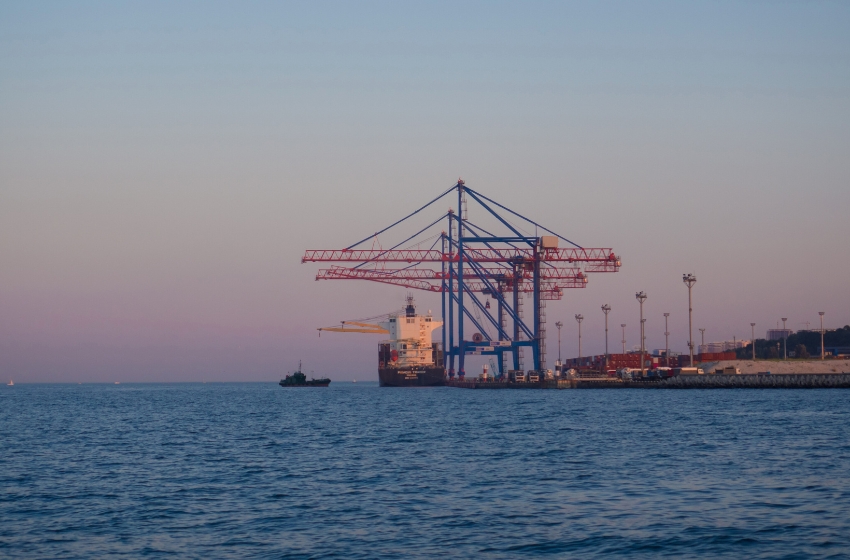Ukraine’s seaports have been reducing cargo transshipment volumes since the beginning of 2025.
This was reported by the head of the Ukrainian Sea Ports Authority, Oleksandr Semyrha, in an interview with Liga.net.
According to him, the decline is driven by a combination of internal and external factors: the security situation has worsened; the agricultural and metallurgical sectors are in decline; logistics costs have increased; and there are certain infrastructure limitations.
“For example, if we look at grain cargoes, it’s important to note that global prices for these products have fallen. It’s currently unprofitable to export them in large volumes. Cargo owners say that some have already completed existing contracts and are waiting for the next season without signing new ones. And agricultural products account for around 65% of our ports’ total transshipment volumes,” Semyrha explained.
At the same time, he noted that the development of dry ports in western regions of Ukraine has also had an impact. In places that were just open fields before the war, modern logistics terminals with narrow- and broad-gauge railway tracks and developed road connections now stand.
“In summary, we can say that, first, market conditions have led to a reduction in export volumes. Second, when the cost of delivery to ports or overall port logistics expenses worsen, freight forwarders start calculating every dollar per ton and seek alternative options,” the head of the Ukrainian Sea Ports Authority added.






















